Pyrenean Mountain Dog
Great Pyrenees
 ankc
ankc nzkc
nzkc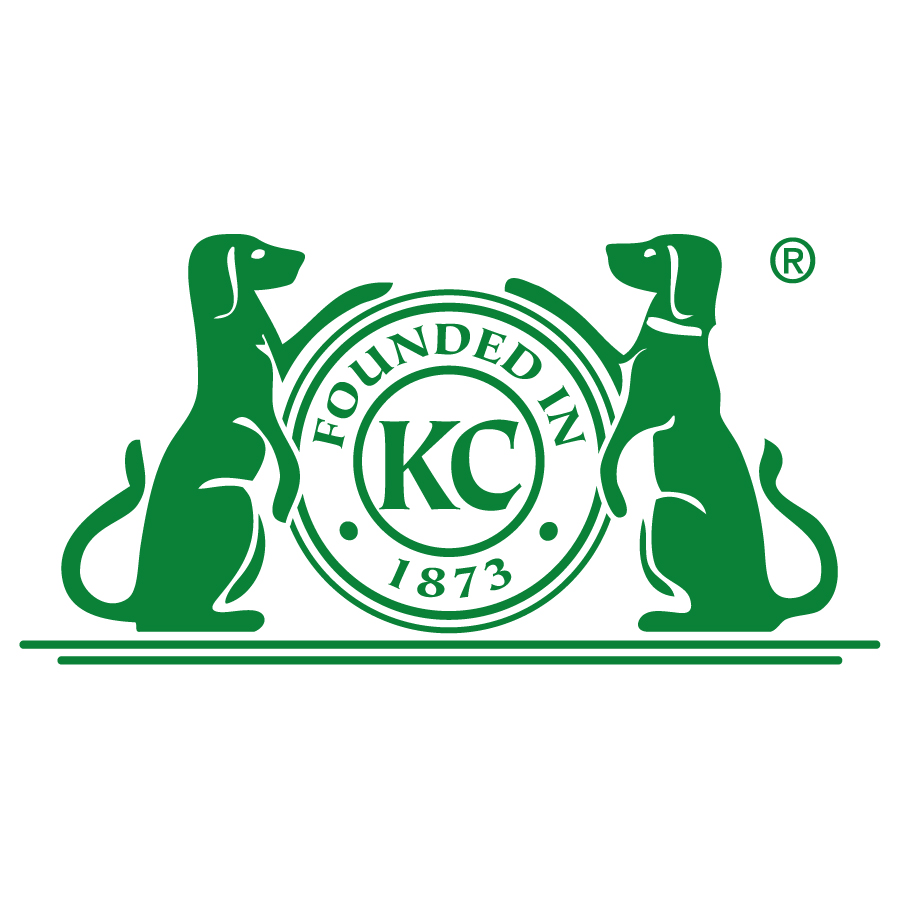 rkc
rkc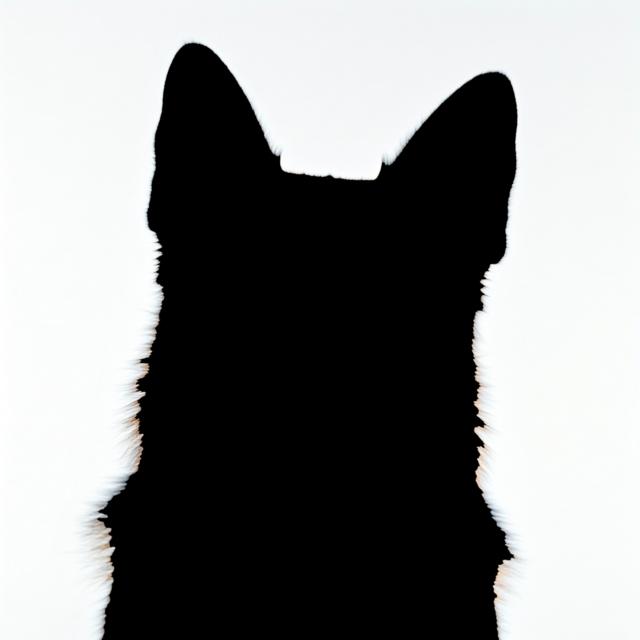
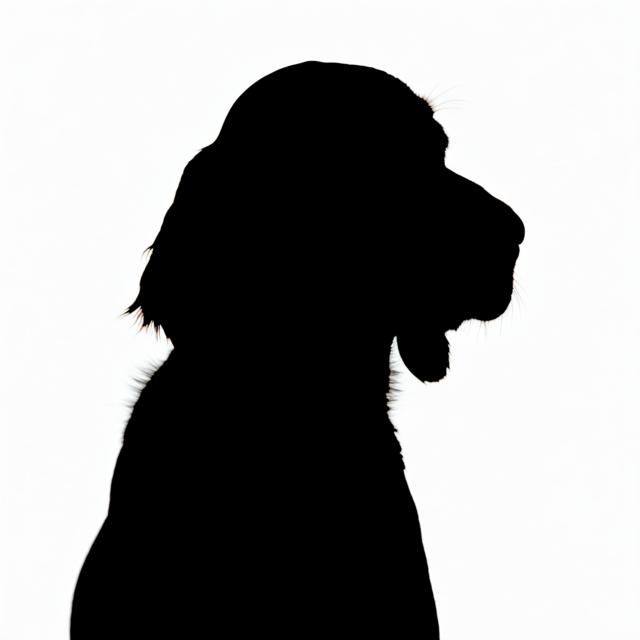
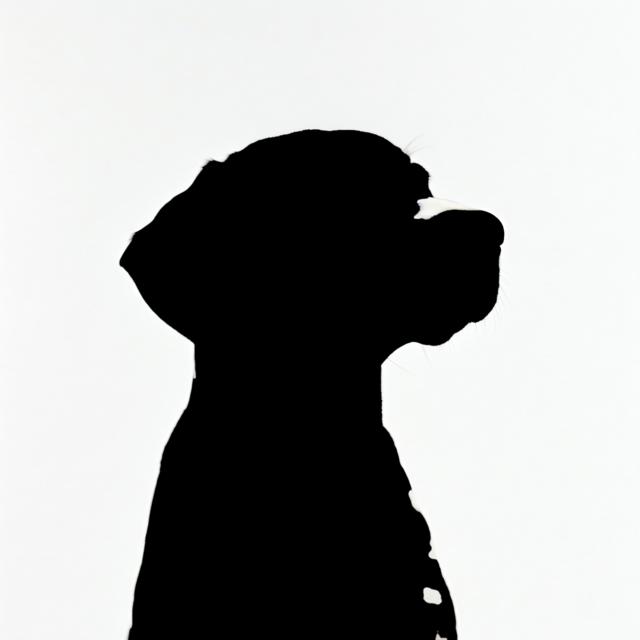
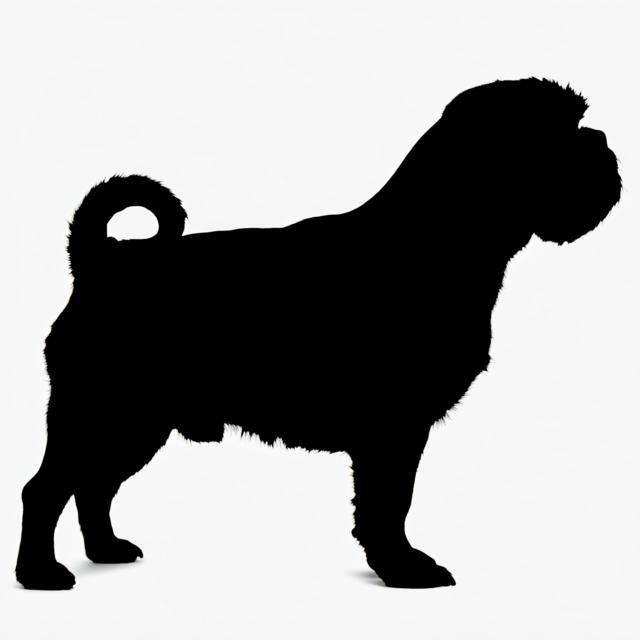
Summary
- The Pyrenean Mountain Dog is a large, powerful breed originating from the Pyrenees Mountains, traditionally used for guarding livestock. They are known for their calm and gentle temperament, though they require consistent training and socialization due to their independent nature.
Origin and Purpose
- Developed in the Pyrenees Mountains between France and Spain.
- Originally used for guarding livestock.
Appearance
Dimensions
| Gender | Height | Weight |
|---|---|---|
| Female | 65-75 cm (25.5-29.5 in) | 40-52 kg (90-115 lbs) |
| Male | 70-81 cm (27.5-32 in) | 45-57 kg (100-125 lbs) |
Coat
| Attribute | Notes |
|---|---|
| Color |
|
| Type |
|
| Length |
|
Care
| Attribute | Notes |
|---|---|
| Shedding |
|
| Grooming |
|
| Drooling |
|
Body
| Attribute | Notes |
|---|---|
| Head |
|
| Skull |
|
| Ears |
|
| Eyes |
|
| Nose |
|
| Muzzle |
|
| Teeth |
|
| Neck |
|
| Forequarters |
|
| Fore Legs |
|
| Hindquarters |
|
| Hind Legs |
|
| Feet |
|
| Tail |
|
| Gait |
|
Temperament
- Calm, gentle, and confident.
- Independent and can be reserved with strangers.
Social
| Attribute | Notes |
|---|---|
| Affectionate with Family |
|
| Good with Children |
|
| Good with Dogs |
|
| Good with Cats |
|
| Openness to Strangers |
|
| Playfulness Level |
|
| Protective Nature |
|
| Adaptability Level |
|
Working Roles
- Livestock guarding
Exercise Needs
- Moderate
Health
- Prone to hip and elbow dysplasia, bloat, and certain eye conditions.
Additional Notes
- Requires consistent training due to their independent nature.